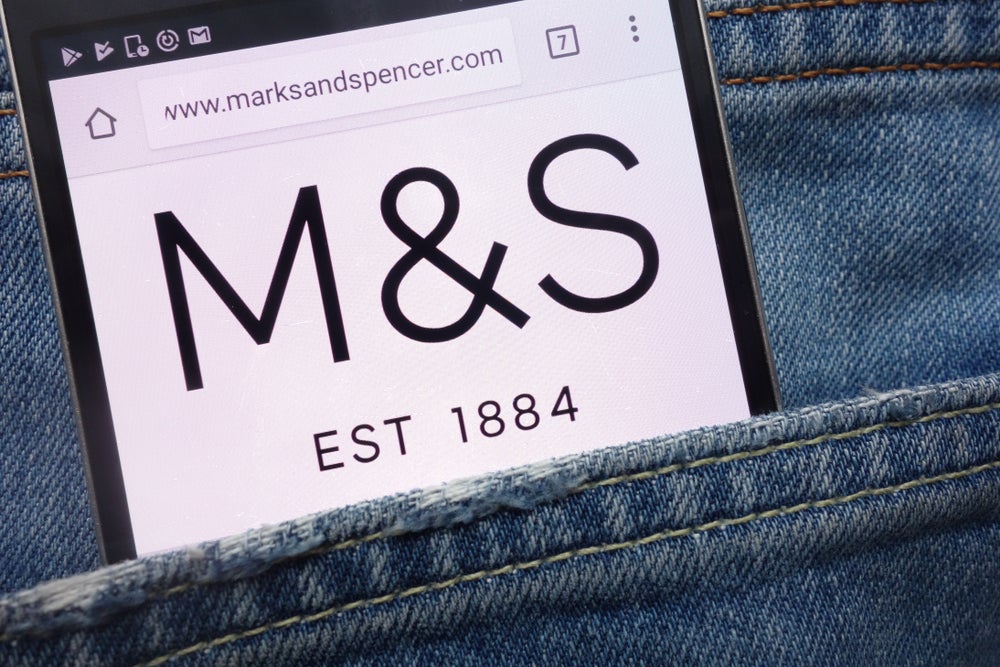
Making the sums add up on ultra-cheap fast fashion was one of the lines of questioning pursued during a parliamentary hearing last week, with British lawmakers asking retailers how they can justify selling dresses and T-shirts for just a couple of pounds.
At the third and final evidence hearing on ‘Sustainability of the Fashion Industry’, British MPs quizzed apparel retailers including Boohoo, ASOS, Missguided and Primark on their buying practices and how they were ensuring workers in their supply chains were being compensated fairly and treated correctly.
For Boohoo CEO Carol Kane, allegations also focused on whether suppliers are played off against each other in a “cattle-market” like environment where they have to offer the lowest price to produce a single item of clothing in order to win business with the online retailer.
Headquartered in Manchester, Boohoo launched in 2006 and this year posted a first-half profit jump of 22% to GBP24.7m.
The company uses suppliers in the cities of Manchester and Leicester – in the latter it works with 94 suppliers and 76 cut make and trim units – or second-tier factories that deal with the overspill when a contracted supplier cannot make the deadline for an order.
See Also:
MP Mary Creagh, chair of the Environmental Audit Committee, which is overseeing the hearing, cited an investigation carried out by the Financial Times, in which one supplier was asked to publicly present a dress with a price point of GBP5 (US$6.4). A second manufacturer – at the same meeting – would then be asked how much it can make it for, invariably responding with a lower figure.
How well do you really know your competitors?
Access the most comprehensive Company Profiles on the market, powered by GlobalData. Save hours of research. Gain competitive edge.

Thank you!
Your download email will arrive shortly
Not ready to buy yet? Download a free sample
We are confident about the unique quality of our Company Profiles. However, we want you to make the most beneficial decision for your business, so we offer a free sample that you can download by submitting the below form
By GlobalDataKane defended the firm saying the reference was made to the “trading floor” but added: “I don’t know of any instances and I don’t accept there have been many instances where suppliers are played off against each other.
“We do have an open floor where suppliers are welcomed and looked after. I came from the supply chain where you went into many stores and sometimes the buyer was running late and you may wait several hours for that meeting, We have a process where a supplier can come in once or twice a week and they can see all the departments they want to see, so it’s a more efficient use of their time. They can see the buyer buying tops or dresses or skirts – they can do that in one day without having to come back and forth from Leicester to Manchester.
“But we have private meeting rooms as well,” she added. “So suppliers uncomfortable in a negotiation process next to other suppliers, we do house them in other parts of the building. I used to very much be a part of that supplier trade before I became the CEO of Boohoo so I do understand the sensitivities around costing from one supplier to another.”
Loss leaders
Creagh was keen to understand how the selling price of GBP5 or below for a dress was achieved.
Kane explained of the 6,700 dresses on the company’s website, only 80 were priced below GBP5. “It’s a very small percentage of what we sell – we don’t make any money, it is a loss leader, to drive sales to our website. Within the online model, not every item is profitable but actually what we do look at is the overall profitability on the basket.”
She went on to add that the dresses – bought from suppliers at between GBP2.50 to GBP3 – are “simple” with no buttons, zips and often a shorter length and largely made from polyester-elastane.
“So you’ve got fabric, heating and lighting, you’ve got council tax, business rates and wages, as well as the fabric and the thread and the tax…how can you buy a dress for GBP2.50, made in Leicester where the minimum wage is GBP7.83?” repeated Creagh.
Kane said she would provide Creagh with a full costing behind the justification of GBP5 dress in due course. However, she maintained the profitability on those dresses sat with suppliers.
“I have lots of examples of suppliers, to keep their workers busy throughout their quiet periods, will work their profit model on low margin and high margin. So they won’t just cost a dress and say we’re going to do this as not profitable. We are keeping the factory busy through times where they may have to lay people off because they do not have work.”
Business model
Likewise, Paul Lister, head of ethical trade and environmental sustainability, was asked how the retailer can justify selling T-shirts for as little as GBP2 and make a profit on them.
“It’s because our business model is slightly different from others,” he told the committee. “We do no significant advertising at all, and that can save us around GBP150m in a year compared to some of our larger rivals. That goes straight into price and it leaves our pricing low.
“Our arrangements with our factories [mean] we often buy on longer lead times, in quiet periods for the factories and we pay them early. So if you’re a factory owner you’ll be able to give Primark a better price to reflect that.
“And then from the factory through to the store we keep our cost to the absolute minimum and in the store our margins are very tight, between 9-12%. So it’s our business model that takes us to the GBP2 T-shirt.”
Check out just-style’s coverage of the parliamentary enquiry:
British MPs criticise “mountain of clothing waste”
Does size matter when it comes to sustainability?






